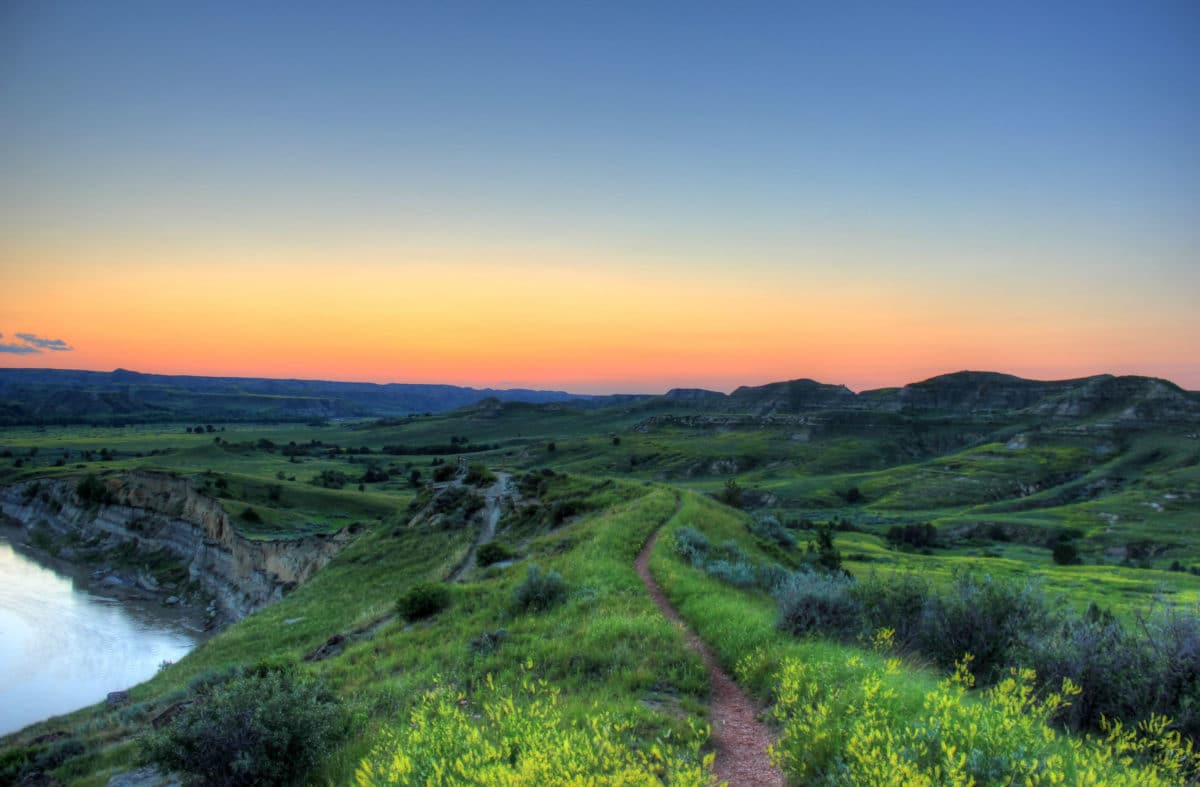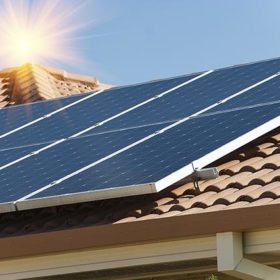When states announce solar developments which in their singularity represent a significant portion of the state’s total installed capacity, we like to lament over it. It’s fun to notice that, through a couple of corporate development deals, Tennessee and Alabama are on track to increase their total installed capacities by 117% and 150% respectively.
However, with the announcement today that North Dakota regulators have approved a 200 MW project just outside of Fargo, the Roughrider State has jumped the shark. The number will never be topped. Why? Because this one project is just under 600 times larger, 600, than the entire total installed capacity of the state to this point, as estimated by Solar Energy Industries Association (SEIA).
Geronimo Energy is developing this project on farmland held collectively between seven landowners. The project has faced local opposition not from residents, but rather from North Dakota’s prime farmland rule, which preserves prime farmland in the state. However, considering the project would take up a measly 0.17% of the available prime farmland in the county and that all seven landowners were on board, the project was approved.
The project is expected to be completed in around a year, in the spring of 2020, creating 200 jobs along the way. There is currently no purchaser agreed upon, and the project’s electricity is being shopped around.
This installation will undoubtedly shoot North Dakota up the state rankings for total installed solar capacity. The state already has nowhere to go but up, as SEIA ranks it 52 out of the 50 states, plus D.C. and Puerto Rico. According to the most recent SEIA data, North Dakota has installed 360 kW of solar, and this development would shoot North Dakota all the way up to 28th in terms of total installed capacity, right above Ohio and below Mississippi.
While North Dakota by no means is an emerging market, this development is a definite start. It’ll be interesting to see if this project stands alone or becomes part of a larger solar wave in the state. While the state’s previous figures would lead one to guess not, this project has opened a bigger conversation amongst the state’s public service commission. The commission has recommended a change to the prime farmland rule, which would allow projects such as this one that are supported by landowners. It may seem small, but considering the symbiotic nature of farms and solar projects, it’s worth keeping an eye on.
This content is protected by copyright and may not be reused. If you want to cooperate with us and would like to reuse some of our content, please contact: editors@pv-magazine.com.









By submitting this form you agree to pv magazine using your data for the purposes of publishing your comment.
Your personal data will only be disclosed or otherwise transmitted to third parties for the purposes of spam filtering or if this is necessary for technical maintenance of the website. Any other transfer to third parties will not take place unless this is justified on the basis of applicable data protection regulations or if pv magazine is legally obliged to do so.
You may revoke this consent at any time with effect for the future, in which case your personal data will be deleted immediately. Otherwise, your data will be deleted if pv magazine has processed your request or the purpose of data storage is fulfilled.
Further information on data privacy can be found in our Data Protection Policy.